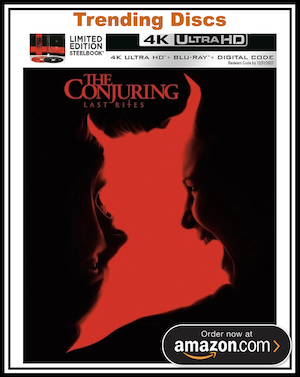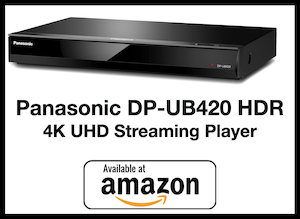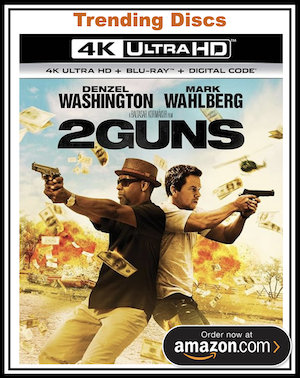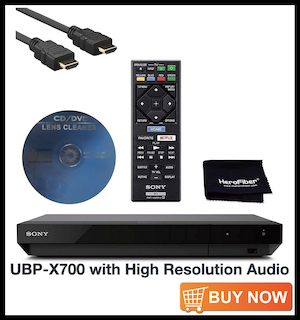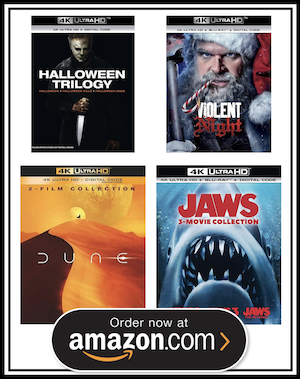Well...up-mixing from 2-channel to 5-channel surround sound is something that is ubiquitous in audio today. Virtually all A/V preamps and receivers have this capability, and there have been papers written on the subject, e.g.,
https://www.aes.org/journal/sample_issue/JAES_V50_11_PG914.pdf
I would personally look to how Trinnov or perhaps Lexicon does this task. The 2-to-5 channel synthesizers used in most AVPs and AVRs leave me a little wanting. I'm told that the better quality up-mixer/synthesizers from the two companies I identified achieve better results. The problem is, this isn't free (far from it). If I find a high quality 2-to-5 channel multiplexer available as a plug-in, I'll let you know.
I've not delved into this subject with my demastering efforts, but I have demastered several 5.1 music albums using
Audacity (...yes!...) but some care must be used since
Audacity itself does not play back 5.1 channel music--only stereo/mono (i.e., the last time I looked). So any worked tracks must be first saved to hard disk, then played back using something like
foobar2000, etc. Iterative updates to the 5.1 tracks can easily be done by undoing any operations within
Audacity, then updating the settings, and then saving to hard drive again to listen to them. It sounds more complicated, but in practice, it actually becomes second nature to do this.
I can remember a couple of notable 5.1 albums that required significant demastering/declipping/re-leveling the loudness significantly downward to zero average on the
ReplyGain loudness scale. A very old album redone in 5.1 DVD-A (24/96) that had significant clipped was The Who's
Tommy, and another multichannel version of a Porcupine Tree (DTS)
Fear of a Blank Planet had such severe clipping that they were basically unlistenable as released. With the practices that I've described above, these two albums are now a pleasure to listen to.
The Porcupine Tree album even required a spectral tilt toward the higher frequencies in order to restore the spectral balance after the severe clipping off the disc was repaired. This was the first time that I ran into an album that was intentionally re-EQed by the mastering guy to make it more listenable after clipping the tracks so severely that they couldn't be listened to as-is, and had to be EQed with the high frequencies tilted very much downward.
It's amazing to me the lengths to which mastering guys will lend their good names into doing.
Chris







